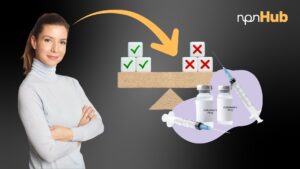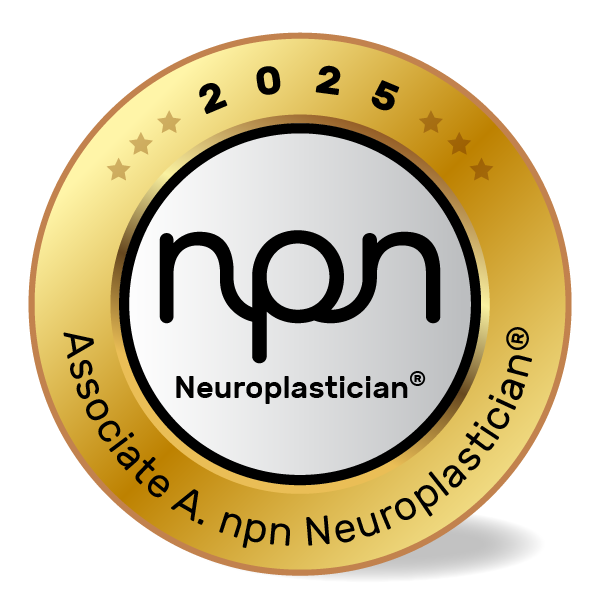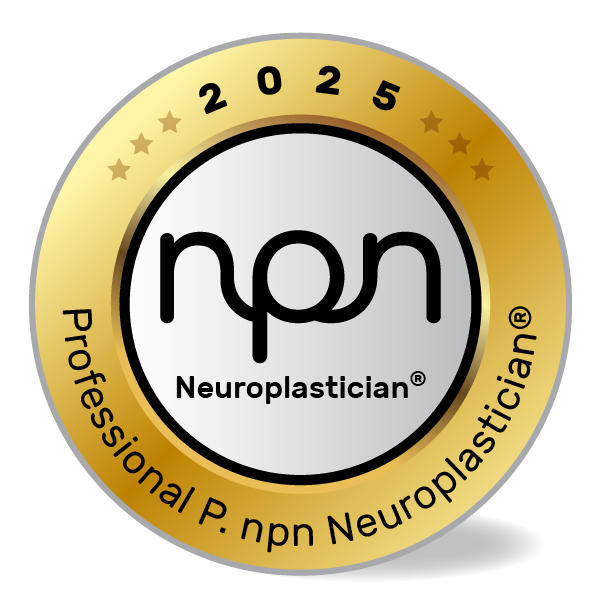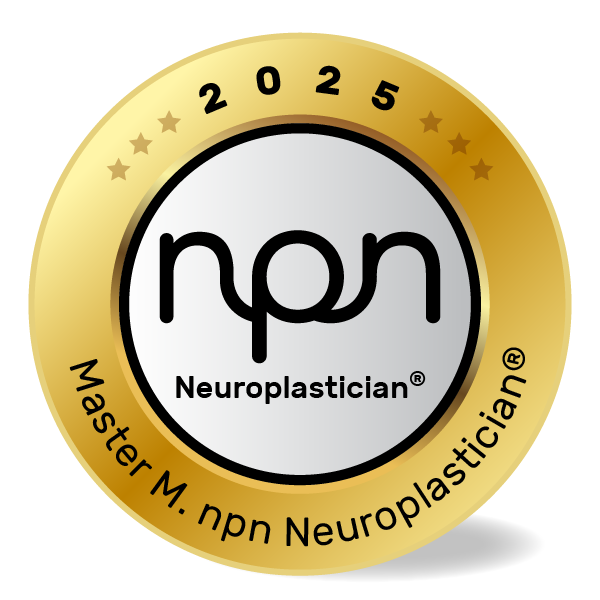How Daily Mindfulness Rewires the Brain for Clarity, Focus, and Emotional Resilience
Curated by an npnHub editorial member
Key Points
- Meditation enhances neuroplasticity by strengthening neural pathways in attention, emotion regulation, and self-awareness.
- The practice increases cortical thickness and gray matter density in regions like the prefrontal cortex and hippocampus.
- Regular meditation reduces activity in the default mode network (DMN), associated with mind-wandering and rumination.
- Mindfulness-based interventions support long-term changes in behavior and cognition among clients.
- Neuroscience coaches can use meditation to empower clients with tools for stress regulation and cognitive flexibility.
1. What is Meditation?
During a team meeting, a neuroscience coach notices one member becoming overwhelmed by constant digital notifications and tight deadlines. This professional, though highly skilled, seems mentally scattered and reactive. The coach introduces a short breath-focused meditation at the start of each session. Within weeks, that same team member starts responding with more calm, clarity, and patience. The shift isn’t magic, it’s a sign of brain rewiring in action.
This story is an illustrative example.
Meditation refers to a range of practices – like focused attention, mindfulness, and loving-kindness – that train the brain to be present. Far from a spiritual luxury, research shows it can physically reshape the brain. Studies led by Dr. Sara Lazar at Harvard Medical School found that just eight weeks of mindfulness meditation increased gray matter density in the hippocampus and reduced volume in the amygdala, the brain’s fear center (Lazar et al., 2005).
These structural changes reflect the powerful influence of meditation on brain function and emotional regulation.
2. The Neuroscience of Meditation
In a neuroeducation seminar, a facilitator leads a brief mindfulness scan, inviting educators to observe their breath and bodily sensations. One teacher, skeptical at first, later shares how the practice helped her remain composed during a challenging student interaction. She didn’t just feel different, her brain was acting differently.
This is a storytelling example, not scientific evidence.
From a neuroscience perspective, meditation alters functional and structural pathways in the brain. The prefrontal cortex, responsible for executive control and attention, becomes more active and dense. Meanwhile, the amygdala’s reactivity decreases, resulting in a more balanced stress response (Source).
Functional MRI studies also show reduced activity in the Default Mode Network (DMN) – a network associated with self-referential thoughts and mind-wandering – suggesting enhanced present-moment awareness and focus.
Neurotransmitters like serotonin, dopamine, and GABA play critical roles in these changes, fostering emotional stability and mental clarity. Key brain areas affected include the anterior cingulate cortex (for error detection), insula (for interoception), and hippocampus (for memory consolidation).
3. What Neuroscience Practitioners, Neuroplasticians and Well-being Professionals Should Know About Meditation
At a well-being workshop, a coach introduces a client to a 10-minute daily meditation. The client initially resists – “I don’t have time,” he says. But two weeks later, he reports sleeping better, managing conflict more gracefully, and feeling less overwhelmed. The coach knows this isn’t just placebo – it’s plasticity.
This is an illustrative story.
Professionals must understand that meditation doesn’t just feel good – it shapes the brain. Despite persistent myths, meditation is not about emptying the mind or achieving bliss. Instead, it’s about attention training that rewires cognitive and emotional patterns.
Frequently asked questions practitioners encounter:
- Does meditation really change brain structure or is it just temporary relaxation?
- How much meditation is enough to produce measurable change?
- Can clients with ADHD, anxiety, or trauma benefit from meditation safely?
Dr. Richard Davidson of the University of Wisconsin has shown that even short daily practices can induce neural changes within weeks (Davidson & McEwen, 2012). Meditation isn’t a fix-all, but it’s a powerful neural training tool.
4. How Meditation Affects Neuroplasticity
Meditation engages neuroplasticity by encouraging the brain to strengthen attention circuits while downregulating stress responses. With repeated practice, the brain builds new synaptic connections, reinforcing pathways linked to emotional regulation, sustained focus, and cognitive flexibility.
In studies of mindfulness-based stress reduction (MBSR), participants showed increased cortical thickness in the anterior cingulate cortex and insula. These areas are involved in self-regulation and body awareness. Over time, the amygdala’s connections to prefrontal areas weaken, reducing emotional reactivity.
This shift means meditation isn’t just calming – it literally rewires the brain. As Dr. Michael Merzenich, a pioneer in neuroplasticity, explains, “You’re not stuck with the brain you have – you can build the one you want.”
5. Neuroscience-Backed Interventions to Improve Meditation Outcomes
Why Behavioral Interventions Matter
Clients often struggle with sustained focus, stress regulation, and emotional resilience. Without consistent practice, even the best coaching insights fade. Meditation offers a repeatable way to engrain these changes.
A neuroplastician working with burnout-prone leaders integrates 5-minute meditations into daily schedules. Over time, her clients report better decision-making and reduced emotional exhaustion.
1. Start with Micro-Meditations
Concept: Even 5 minutes daily can initiate cortical changes (Source)
Example: A coach introduces “30-second pause” meditations before meetings to train attention.
✅ Intervention:
- Begin with 3-5 minute breath meditations.
- Anchor the habit to an existing routine (e.g., morning coffee).
- Track consistency, not depth.
- Normalize resistance and emphasize persistence.
2. Use Neurofeedback Meditation Tools
Concept: Biofeedback tools enhance awareness of attention shifts, reinforcing self-regulation (Source).
Example: A practitioner uses headbands like Muse with clients who struggle with focus.
✅ Intervention:
- Introduce tech tools that provide real-time brainwave feedback.
- Set achievable attention goals.
- Debrief data insights during sessions.
- Use visuals to reinforce progress.
3. Link Meditation to Cognitive Goals
Concept: Meditation strengthens working memory and cognitive control circuits (Zeidan et al., 2010).
Example: An educator pairs daily mindfulness with students’ academic goal-setting.
✅ Intervention:
- Integrate 10-minute meditations before high-focus tasks.
- Set SMART goals tied to cognitive outcomes.
- Encourage journaling to link inner states with performance.
- Teach about brain changes to boost buy-in.
6. Key Takeaways
Meditation is more than a wellness trend, it’s a brain-training tool with robust evidence. From stronger prefrontal regulation to quieter default mode networks, it shapes how we think, feel, and act.
When practitioners use meditation intentionally, they unlock their clients’ neuroplastic potential, fostering resilience, clarity, and calm.
- Meditation alters brain structure and function within weeks.
- Key regions like the prefrontal cortex, insula, and hippocampus benefit directly.
- Repetition builds neural strength, small daily practices lead to lasting change.
- With the right coaching, anyone can retrain their brain through meditation.
7. References
- Lazar et al. (2005). Meditation experience is associated with increased cortical thickness. NeuroReport, 16(17), 1893–1897. https://doi.org/10.1097/01.wnr.0000186598.66243.19
- Tang, Y.-Y., Hölzel, B.K., & Posner, M.I. (2015). The neuroscience of mindfulness meditation. Nature Reviews Neuroscience, 16, 213–225. https://www.nature.com/articles/nrn3916
- Davidson, R.J., & McEwen, B.S. (2012). Social influences on neuroplasticity. PNAS, 109(Suppl 2), 17180–17185.https://pmc.ncbi.nlm.nih.gov/articles/PMC3491815/
- Zeidan, F. et al. (2010). Mindfulness meditation improves cognition: Evidence of brief mental training. Consciousness and Cognition, 19(2), 597–605. https://www.ncbi.nlm.nih.gov/pmc/articles/PMC3004979/
- Gruzelier, J.H. (2014). EEG-neurofeedback for optimising performance. Neuropsychologia, 45, 125–135.https://pubmed.ncbi.nlm.nih.gov/24690579/















